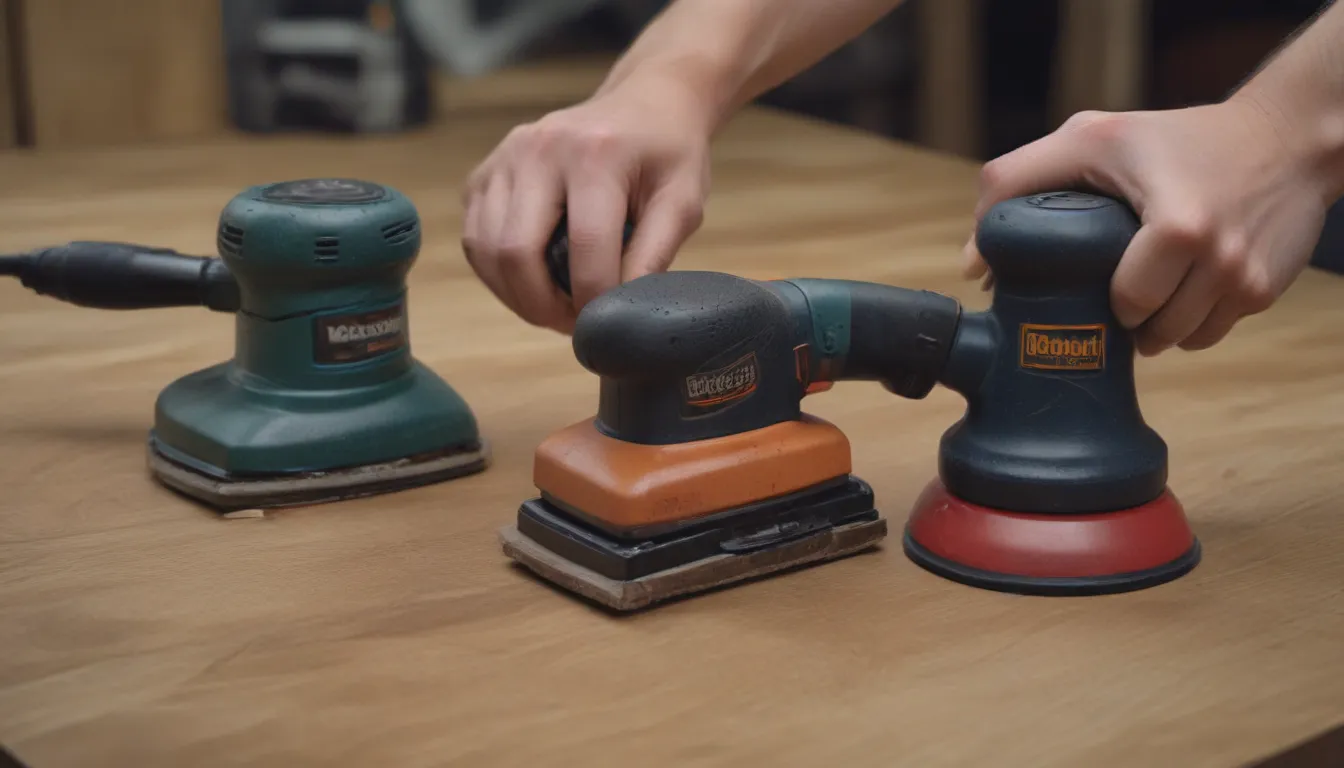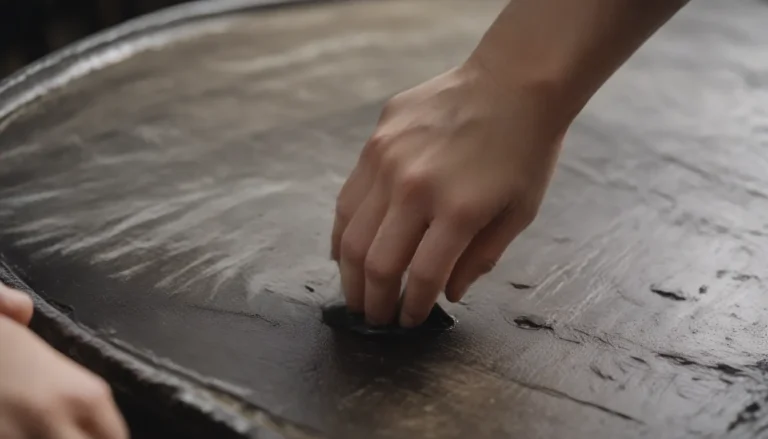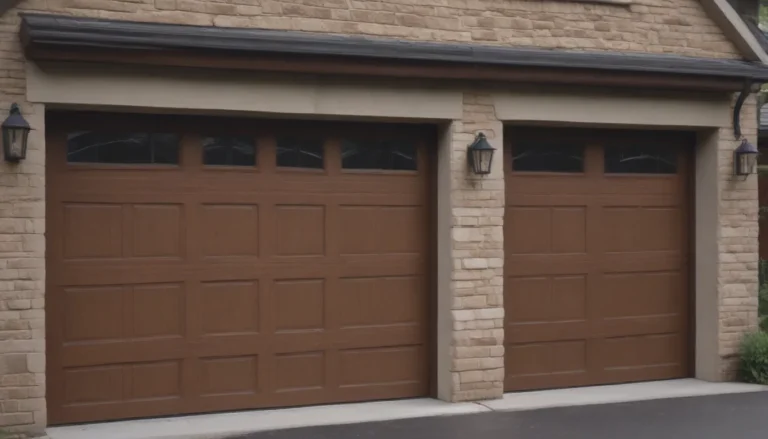Palm Sander vs Orbital Sander: The Ultimate Guide for Choosing the Right Tool

Are you in the market for a power sander but torn between a palm sander and an orbital sander? Choosing the right tool for your project is crucial to ensure a smooth and efficient sanding process. To help you make an informed decision, we’ve put together an in-depth guide comparing the key differences between palm sanders and orbital sanders. Let’s dive in and explore the pros and cons of each type of sander to help you choose the right tool for your next project.
What Is a Palm Sander?
A palm sander is a small power tool that fits comfortably in the palm of your hand. It features a rectangular sanding pad that is typically 1/4 of a standard sandpaper sheet, earning it the nickname “1/4-sheet sander.” Palm sanders are perfect for light-duty sanding projects and provide easy access to corners and tight spaces that are difficult to reach with larger sanders like orbital sanders.
Palm Sander Uses:
- Ideal for light-duty sanding projects
- Perfect for sanding corners and tight spaces
- Suitable for refinishing furniture, prepping metal for paint, and more
Palm Sander Costs:
- Corded palm sanders range from $30 to $70
- Cordless palm sanders range from $50 to $160
- Sandpaper for palm sanders is generally cheaper than sanding discs for orbital sanders
Palm Sander Pros:
- Lightweight and easy to maneuver
- Ideal for small projects and intricate details
- Affordable option for DIYers on a budget
Palm Sander Cons:
- Limited power compared to orbital sanders
- May take longer to complete larger projects
What Is an Orbital Sander?
An orbital sander is a power tool that features a circular sanding surface that rotates to quickly sand through rough materials and finishes. While traditional orbital sanders are known for leaving swirl marks on wood surfaces, modern random orbital sanders combine both rotation and orbital motion to minimize visible sanding marks. Random orbital sanders are popular for their efficiency and versatility, making them a go-to choice for many woodworkers and DIY enthusiasts.
Orbital Sander Uses:
- Efficiently sands rough materials and finishes
- Minimizes visible sanding marks with random orbital motion
- Ideal for woodworking projects and furniture refinishing
Orbital Sander Costs:
- Corded orbital sanders range from $50 to $90
- Cordless orbital sanders range from $60 to $170
- Sanding discs for orbital sanders are pre-sized and may be more expensive than palm sander sandpaper sheets
Orbital Sander Pros:
- Powerful and efficient for large projects
- Minimizes swirl marks with random orbital motion
- Better dust collection system compared to palm sanders
Orbital Sander Cons:
- Higher price point than palm sanders
- Less maneuverable for small, intricate projects
How to Choose Between a Palm Sander and an Orbital Sander
When deciding between a palm sander and an orbital sander, consider the following factors to choose the right tool for your project:
- Project Size: For small, intricate projects or tight spaces, a palm sander may be more suitable. For larger projects or rough surfaces, an orbital sander is the better choice.
- Sanding Efficiency: Orbital sanders are more efficient and powerful, making them ideal for tackling tough sanding tasks with ease.
- Swirl Marks: If you want to minimize visible sanding marks on your project, a random orbital sander is the way to go.
- Dust Collection: Orbital sanders typically have better dust collection systems, keeping your work area clean and reducing airborne dust.
- Budget: If you’re on a tight budget or looking to save on sandpaper costs, a palm sander may be a more economical option.
In conclusion, while both palm sanders and orbital sanders have their own advantages and disadvantages, most woodworkers and DIYers find that a random orbital sander is the more versatile and efficient choice for a wide range of projects. However, if you have specific needs such as reaching tight corners or working on small details, a palm sander may be the better tool for the job. Ultimately, the decision comes down to your specific project requirements and personal preferences.
So, whether you’re refinishing furniture, prepping metal for paint, or tackling a woodworking project, choosing the right sander is essential for achieving professional and polished results. With the information provided in this guide, you can confidently select the perfect sander for your next project and enjoy smooth, hassle-free sanding every time. Happy sanding!





